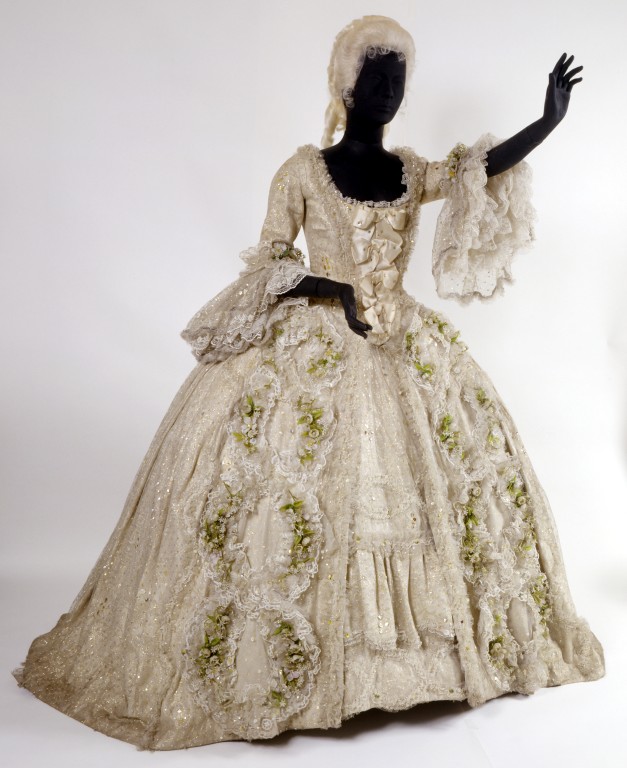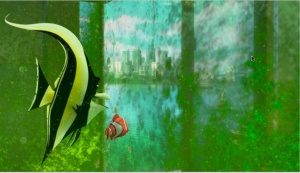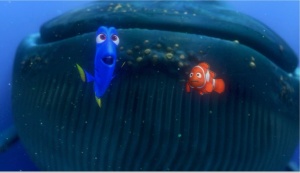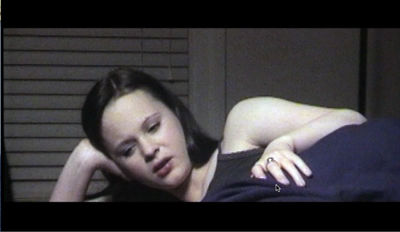Mise-en-scene
The definition of Mise-en-scene is used to describe design ideas in theater's or films production. It is also called 'visual theme' because it is used in artful ways through story boarding, cinematography and stage designs through direction. Mise-en-scene is everything that is appeared before filming or the eyes of its viewers. The various elements of design help express a film’s vision by
generating a sense of time and space, as well as setting a mood, and
sometimes suggesting a character’s state of mind. Mise-en-scène also includes the composition, which consists of the
positioning and movement of actors, as well as objects in the shot. Containing Mise-en-scene that are in charge of individual sets are:
Costume
 |
Props
 |
Sets
 The definition of sets in film studies to put something in a particular place or position. in films or theater it is the surroundings for the characters in which something is placed. The scenery, properties, or background, used to create the location for a stage play. eg- in this image you can see a background showing a location or what it is as the character is surrounded by a smokey environment which makes it look adequate.
The definition of sets in film studies to put something in a particular place or position. in films or theater it is the surroundings for the characters in which something is placed. The scenery, properties, or background, used to create the location for a stage play. eg- in this image you can see a background showing a location or what it is as the character is surrounded by a smokey environment which makes it look adequate.Space
The representation of space affects the reading of a film. Depth, proximity, size and proportions of the places and objects in a film can be manipulated through camera placement and lenses, lighting , decor, effectively determining mood or relationships between elements in the diegetic world. |
 |
Shallow Space- the opposite of deep space is shallow space. Shallow space refers to a 2D flat space that may have width and density, but contains only a limited amount of depth. In shallow space, the
image appears flat or two dimensional, because there is little or no
depth. In this image from Finding Nemo, the whale is
approaching Dory and Marlin from behind, which creates suspense for the
viewer, because the fish are unaware of the whale’s presence. There is a
loss of realism, but it enhances the viewing by emphasizing the close
proximity of the whale to Dory and Marlin and creating concern in the
viewers that they may soon be eaten.
 |
Offscreen Space- spaces in the diegesis that is not physically present
in the frame. The viewer becomes aware of something outside of the frame
through either a character’s response to a person, thing, or event
offscreen, or offscreen sound. In using offscreen space, directors employ a more creative
method of conveying information to the viewer.
No comments:
Post a Comment